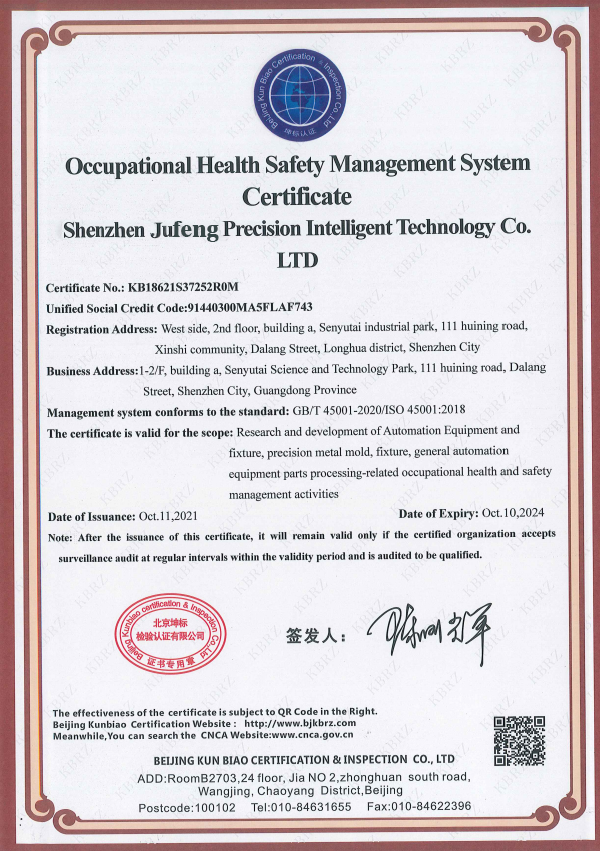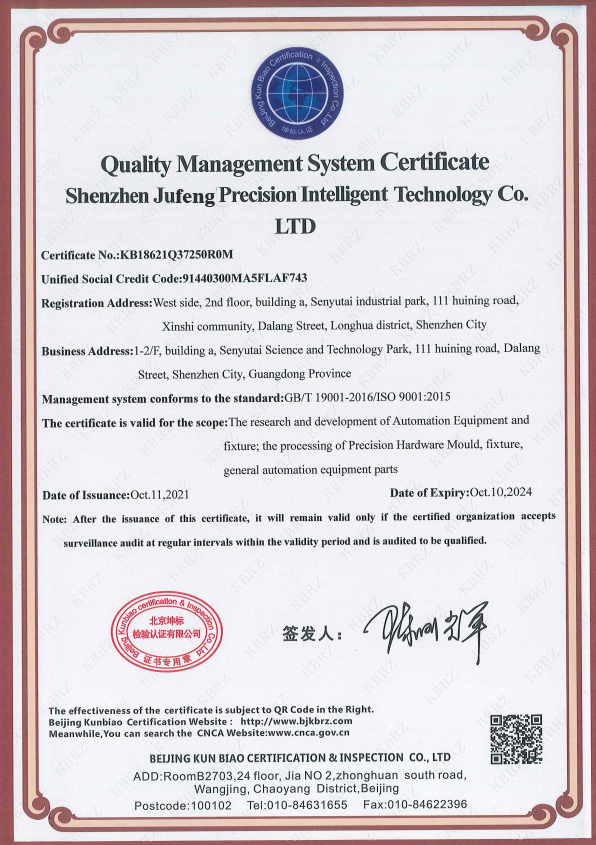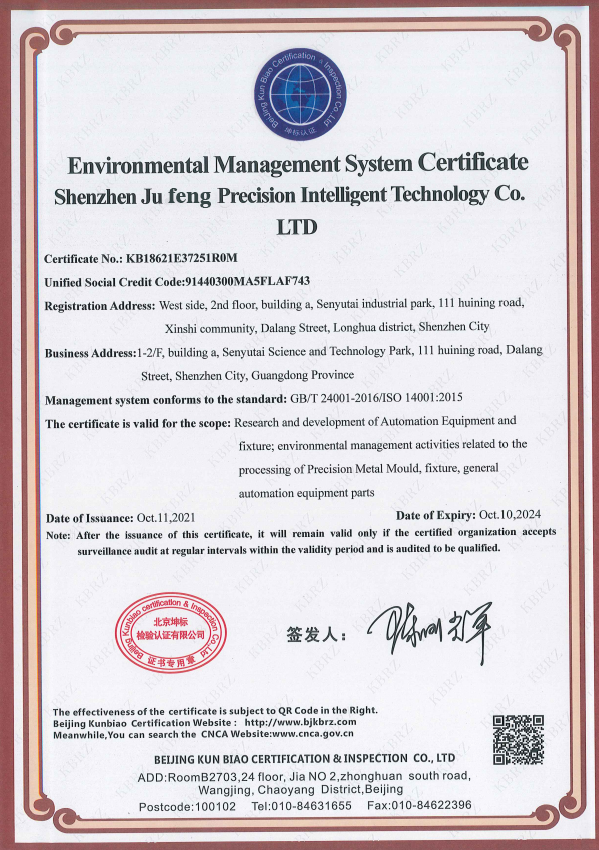News
Overcoming Common Challenges in Large Cutting Amount Processing Fixtures
Understanding Large Cutting Amount Processing Fixtures
Large cutting amount processing fixtures play a pivotal role in modern manufacturing, particularly in industries like automotive and aerospace. These fixtures are designed to hold parts securely while machining operations take place, ensuring precision and efficiency. However, using these fixtures comes with its own set of challenges that demand attention.
Common Challenges in Using Large Cutting Amount Processing Fixtures
Despite their advantages, there are several challenges manufacturers face when utilizing large cutting amount processing fixtures.
1. Tool Wear and Maintenance Issues
Tool wear is a significant challenge in machining operations that involve large cutting amounts. The increased friction and heat generated during the cutting process can lead to premature tool wear, resulting in costly downtimes and reduced productivity. Regular maintenance is essential to prolong tool life and maintain consistent machining quality.
Solution: Implementing Predictive Maintenance Strategies
To combat tool wear, we recommend implementing predictive maintenance strategies. By utilizing sensors and monitoring tools, manufacturers can track tool conditions in real-time. This data allows for timely interventions, ensuring tools are replaced or serviced before they fail, ultimately saving costs and minimizing production delays.
2. Fixture Rigidity and Stability
Fixture rigidity is crucial when performing large cutting operations. Any compromise in stability can lead to vibrations, reducing the precision of the machining process. Additionally, poor fixture stability can contribute to surface finish issues, adversely affecting the quality of the final product.
Solution: Selecting the Right Materials and Designs
Choosing robust materials such as high-grade steel or aluminum alloys can enhance fixture rigidity. Furthermore, employing advanced design techniques, like finite element analysis (FEA), can help identify weak points within the fixture. Customizing fixtures to match specific machining requirements ensures optimal stability during operations.
3. Workpiece Orientation and Accessibility
Proper orientation and accessibility of workpieces can be a hurdle when using large fixtures. If the workpiece is not adequately positioned, it can lead to challenges in achieving the desired cutting depth, resulting in inefficiencies.
Solution: Designing Ergonomic and Adjustable Fixtures
Investing in adjustable fixtures ensures that workpieces can be easily oriented to the optimal position. Incorporating features such as tilt and swivel mechanisms allows operators to achieve precise angles, enhancing accessibility for machining operations.
4. Managing Chip Removal
In large cutting amount operations, effective chip removal is essential to maintain a clean working environment and prevent tool clogging. Accumulated chips can lead to increased friction, which contributes to tool wear and surface finish problems.
Solution: Integrating Advanced Chip Removal Systems
Integrating advanced chip removal systems, such as conveyor belts or vacuum systems, can significantly enhance productivity. By ensuring that chips are removed quickly and efficiently, manufacturers can maintain optimal cutting conditions and reduce the risk of tool damage.
5. Heat Generation and Control
Heat generation is a natural byproduct of large cutting amount operations. Excessive heat can damage both the workpiece and the cutting tool, leading to inaccuracies and increased wear.
Solution: Employing Coolant and Lubrication Techniques
Using coolants and lubricants effectively is vital in managing heat generation. We recommend utilizing high-performance coolants that can dissipate heat rapidly while also providing lubrication. Additionally, implementing cooling systems that target specific areas of the tool and workpiece can further enhance temperature control.
Optimizing Your Large Cutting Amount Processes
To maximize the efficiency of large cutting amount processing fixtures, consider the following optimization strategies:
1. Training and Skill Development
Investing in employee training is crucial for optimizing the use of large cutting fixtures. Skilled operators can identify potential issues early, ensuring that the fixtures are used to their full potential.
2. Regular Audits and Assessments
Conducting regular audits of your fixtures and processes can help pinpoint inefficiencies. By assessing fixture performance and tool wear regularly, manufacturers can make informed decisions about necessary improvements.
3. Collaboration with Fixture Manufacturers
Collaborating with fixture manufacturers can yield valuable insights into the latest innovations and technologies available. Working closely with vendors ensures that you have access to the most effective solutions tailored to your specific needs.
FAQs About Large Cutting Amount Processing Fixtures
1. What are large cutting amount processing fixtures?
Large cutting amount processing fixtures are specialized tools designed to hold and secure workpieces during machining operations, allowing for precision cutting and shaping.
2. How do I choose the right fixture for my application?
Selecting the right fixture involves considering factors such as the materials used, the size and shape of your workpiece, and the specific machining processes you’ll be employing.
3. What is the impact of tool wear on machining operations?
Tool wear can lead to decreased machining accuracy, poorer surface finishes, and increased production costs due to longer machining times and the need for frequent tool replacements.
4. How does fixture design affect machining precision?
A well-designed fixture provides stability and rigidity, minimizing vibrations and movement during machining, which are crucial for maintaining high precision in cutting operations.
5. Are there specific maintenance practices for large cutting amount fixtures?
Regular cleaning, inspection, and lubrication of fixtures are essential maintenance practices. Additionally, monitoring for signs of wear or damage can help extend the lifespan of your fixtures.
Conclusion
Navigating the challenges associated with large cutting amount processing fixtures is essential for maintaining productivity and ensuring quality in manufacturing processes. By implementing strategic solutions such as predictive maintenance, ergonomic design, and effective chip removal systems, manufacturers can optimize their operations, reduce downtime, and improve overall efficiency. Through continuous training, regular assessments, and collaboration with fixture manufacturers, businesses can stay ahead of challenges and harness the full potential of their machining capabilities.




